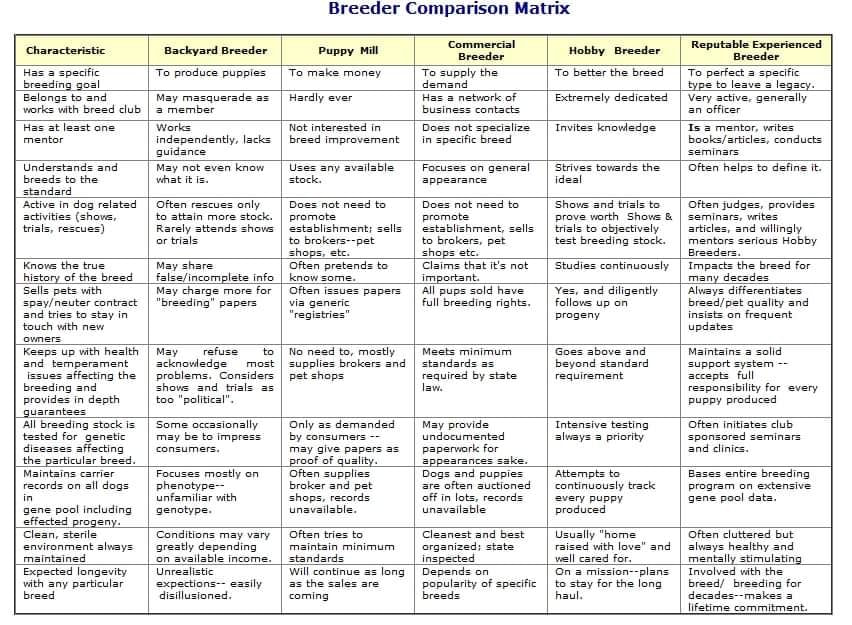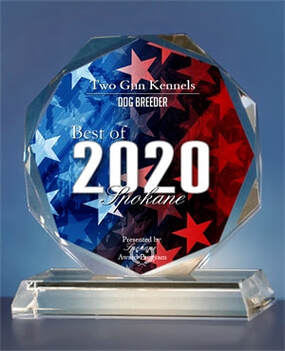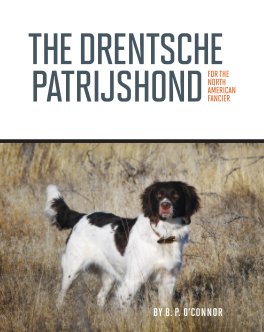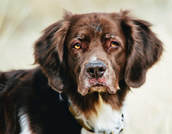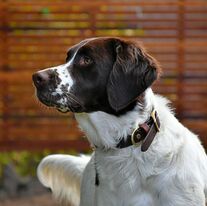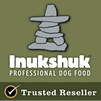|
Full disclosure, I have poached the basis of this blog post from another Preservation Breeder, who is allowing the article to be shared. Sadly, I failed to save her information so that I could attribute her inspiration for this post – I am sorry for that. But if you are out there, and recognize the ‘bones’ of your original post, please let me know so I can make the necessary adjustment. Until then, thank you for putting together a collection of well-articulated thoughts on the topic. Purposefully bred purebred dogs brought to you by preservation breeders. We are so proud of what we do for the next generation of happy, healthy Spinoni Italiani, German Wirehaired Pointers, and Drentsche Patrijshonden. As they say perception is reality and for many the word breeder is a dirty word. What is the difference between me being a responsible breeder and a commercial/profit breeder, a backyard breeder, or the horrific puppy mill breeder? Sometimes it is hard to tell if you are not a “dog person” and you are just trying to find a nice puppy for your family. So, what are we in reality? Here at Two Gun Kennels, we are a Preservation Breeder, as such it is our job to preserve and protect the legacy of the breeds we love and to work at moving those breeds forward with intelligence and passion. Let’s face it Preservation Breeders like us are never, ever going to produce enough dogs to satisfy the dog-loving general public. There are lots of puppy buyers out there that might be wonderful homes but do not meet the criteria that we set out for our placements. In reality, we feel commercial/profit breeders are likely to take the place of what many think of as “responsible breeders” and they will be selling dogs that may have some health testing etc., since that is what much of the public now expects. So how do we, the “responsible breeders” of today educate the public on the difference? Education, anyone can talk about breeding dogs. Why should someone listen to what we have to say? Why? Because we are a legacy breeder, that is why. Our job is to protect and support the breed and as such we are compelled to mentor anyone interested in the breed. Does mentoring mean we are going to sell you a puppy? No, not at all. But it does mean we are going to give you the best information we can and give you the tools you will need to make an informed decision on how best to choose a dog for your lifestyle. We only hope that you recognize the heartfelt sincerity in this effort and not take it personally. So, who made us a Preservation Breeder? To be frank, we made ourselves a Preservation breeder and did it by lots, and lots of hard work fueled by a constant need to learn and do more. First, we know that we have dogs who meet their breed standard. How do we know that? We have taken them to 3rd party experts for evaluation. That’s right we took them to Dog Shows, but more importantly to real breed experts with detailed knowledge and experience that many show judges can't hope to attain. Okay, so having dogs that look like what they are supposed to is great, but do they act like they are supposed to? Well, yes, they do, and we know this because we have had them in various working events and out in public where their temperaments and working abilities are tested so we know they are intelligent, loyal, biddable and act like the way one should expect versatile pointing dogs to be. Far more than just being a hunting dog... Ok, so now as a breeder, we know we have dogs who look and act like the dogs they are supposed to be but are they healthy? Many breeders do health testing but using the test to produce superior puppies that look and act like the Spinone, GWP, or Drents are what should be expected from a Preservation breeder. Genetics, environment, and plain old luck can make a difference in the health of a dog but as a Preservation breeder we are doing what we can to make sure the dogs that we are using in our breeding program are producing healthy puppies. We don’t just look into the past, we study it by pouring over database records to ferreting out all the pertinent details, communicate with our mentors, and talk with other recognized breed experts on any dog we involve in our program. Now as a self-proclaimed Preservation breeder whose job it is to protect and promote the breed, we have put in a lot of hard work to protect our chosen breeds. We’ve bred to the standard; we’ve made sure our dogs are temperamentally sound and top-notch examples of their respective breeds. We have done our health testing and made it publicly available. What else should we be doing to protect and promote the breed? We should be educating and mentoring people who are just discovering our breed. This includes telling potential puppy buyers that a Spinone, GWP, or Drent might not be the right breed for them. Helping new people at dog events, any new person, not just the people who got a puppy from me or my friends. People who get a Two Gun puppy will know because we are a Preservation Breeder and that they can always count on us to assist them with their dog and we will be supportive of their success and failures. We should also be serving the breed by working with other Preservation breeders and parent clubs to promote and protect our breeds, which do. By educating we should be helping the public understand the difference between a Preservation breeder and others who breed for profit. We should educate not preach, but sometimes it can sound remarkably the same…(sorry for that) So as a self-proclaimed Preservation Breeder have, we fulfilled the requirements for what we believe separates us from profit breeders? How do we ‘get off’ calling ourselves so?
1. We’ve bred to the standard and have had 3rd party experts judge my dogs and confirm that they look like Spinone, GWP, or Drents. √ 2. We’ve trained our dogs so that they can perform tasks in a public setting and have been rewarded with titles to show we were successful. √ 3. We’ve performed health checks on my dogs and made the information available. √ 4. We’ve not only joined our parent club but work with the membership to promote and protect our breed. We have served on the Board of Directors in multiple roles, over many years, served on various committees together and independently, attended events to expand our knowledge and experience, and have full intent to continue our quest for learning. √ 5. We have had our program evaluated by third parties and been accepted or certified by them. We were with Good Dog, in the early days before they needed to turn a profit and have since left. Breeder & Rescue Certification have accredited our program. Additionally, abide by the code of ethics laid out by the SCOA, GWPCA, and the DPCNA. We have promised to provide adequate health testing for my breed, we have promised to register and place my puppies wisely and it shows that we have bred dogs who meet their standard and have been rewarded for other working activities. √ 6. We use this blog and social media as an outlet for education about our breeds and dogs in general. Open lines of communication and a commitment to work with other Preservation/Legacy Breeders on the health and welfare of our beloved breed. As a bonus in the education department, Brian authored The Drentsche Patrijshond for the North American Fancier. √ Yes, we think we have met all the generally accepted criteria to be labeled a Preservation Breeder, do you agree? Do you think having a title or description would assist those of us who have always been termed “Responsible Breeders” but go a lot further for our chosen breed be distinguished from those commercial/profit breeders who meet minimum responsibility requirements?
0 Comments
|
Categories
All
Our YouTube Content
Two GunI'm just a guy suffering with an infatuation with gundogs since childhood. Forty some years later this is what you get. Archives
March 2024
|
|
|
